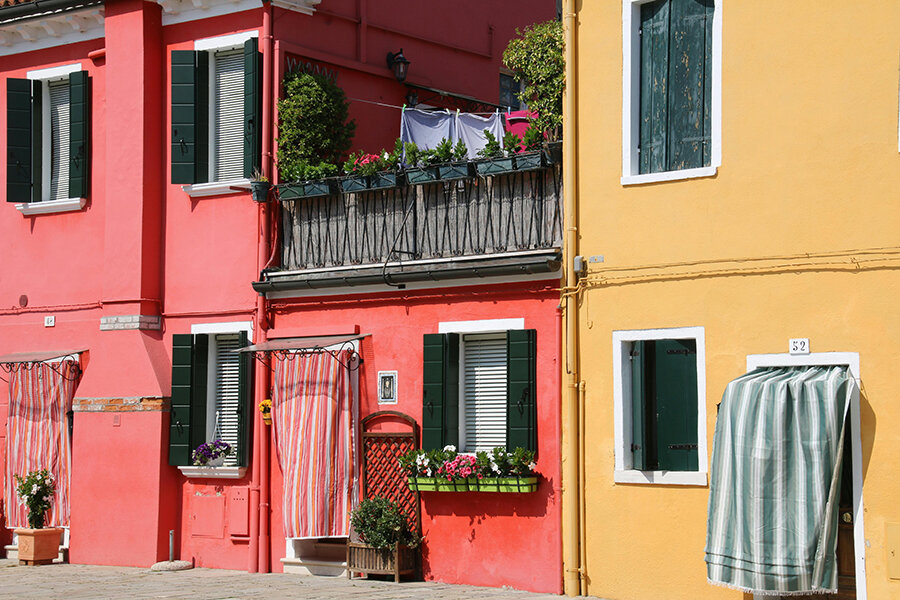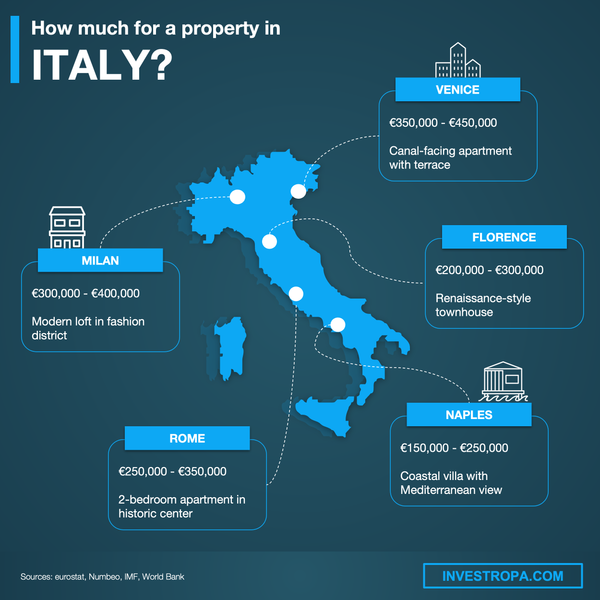читайте также
 How Many Years of Work Does It Take to Buy a Flat in Europe: Deloitte 2025 Data
How Many Years of Work Does It Take to Buy a Flat in Europe: Deloitte 2025 Data
 Hilton Bets on China, Japan, and India — and Eyes Georgia Next: How Global Travel Is Being Redefined
Hilton Bets on China, Japan, and India — and Eyes Georgia Next: How Global Travel Is Being Redefined
 Barcelona Joins Venice, Amsterdam, Kyoto, Hawaii, and Santorini in Raising Tourism Taxes in 2026: What Travelers Need to Know
Barcelona Joins Venice, Amsterdam, Kyoto, Hawaii, and Santorini in Raising Tourism Taxes in 2026: What Travelers Need to Know
 China’s Hotel Construction Pipeline Surges to Record High: Nearly 3,700 Projects Underway
China’s Hotel Construction Pipeline Surges to Record High: Nearly 3,700 Projects Underway
 Oman’s Tourism Surge: Hotels Record Double-Digit Growth in Revenue and Guests in 2025
Oman’s Tourism Surge: Hotels Record Double-Digit Growth in Revenue and Guests in 2025
 Thousands of Passengers Grounded Across Europe as Airlines Face 65 Cancellations and 1,824 Delays
Thousands of Passengers Grounded Across Europe as Airlines Face 65 Cancellations and 1,824 Delays
Foreign Buyers Prefer Real Estate in Northern Italy

Experts from Investropa have prepared an overview of the Italian real estate market, discussing prices, rental yields, and the impact of foreign investment based on their own data and sources such as Il Sole 24 Ore, Idealista, and others. The publication also includes a forecast for the development of this economic sector in 2025.
In 2024, more than 12% of residential real estate transactions in Italy were made by foreign buyers, and this number is expected to increase in 2025. However, this figure is still significantly lower than in previous years. For example, in 2019, foreigners accounted for 50% of property purchases, and by 2020, this figure had risen to 56.2%. Most foreign buyers are drawn to the northern regions of Italy, which account for 77% of all real estate transactions. These areas are attractive due to their broad economic opportunities and well-developed infrastructure.

Overall, the Italian real estate market is showing signs of recovery. From April to June 2024, sales increased by 1.2% compared to the same period in 2023. This growth is driven by economic stability and renewed interest in Italian real estate. In 2024, the average rent-to-income ratio for tenants in Italy reached 33%, highlighting affordability issues. For instance, in Florence, rent can take up half of a tenant’s salary. In Rome and Venice, the situation is even more challenging, with rental costs exceeding 40% of earnings.
In 2024, more than 25% of residential properties in Venice were purchased for short-term rentals. The city's appeal is undeniable—its historic canals and cultural landmarks attract tourists from all over the world, increasing demand for rental housing. In central districts such as San Marco and Rialto, property prices are rising the most, while the situation in Mestre remains more stable.
Venice has experienced a sharp rise in short-term rental agreements, especially on platforms like Airbnb. To address the issue, the city has imposed restrictions aimed at preserving the residential atmosphere and tackling problems such as overtourism and housing shortages. Similar regulations are being tightened in other popular cities, making it increasingly difficult to operate short-term rental businesses.
Meanwhile, the cost of living in Italy’s bustling cities remains a heavy burden on residents. Over the past few years, the situation has only worsened. The share of income spent on rent has risen from 31.6% to 35.2% in just five years. This steady increase reflects growing financial pressure on tenants, making it harder for them to cope with rising housing costs. The recommended threshold to avoid financial difficulties is 30%, but given the current figures, it is clear that many people are struggling to stay afloat. As housing costs continue to rise, the dream of a comfortable life in Italy's beautiful cities is becoming increasingly unattainable for many. Financial strain is evident, and this trend is not weakening.
By 2025, residential real estate transactions in Italy are expected to grow by 8%, signaling market recovery. Analysts from Scenari Immobiliari predict that the number of sales contracts will increase from 720,000 in 2024 to 760,000 in 2025. This is a significant recovery, especially considering that the figure is 36% higher than in 2020.





